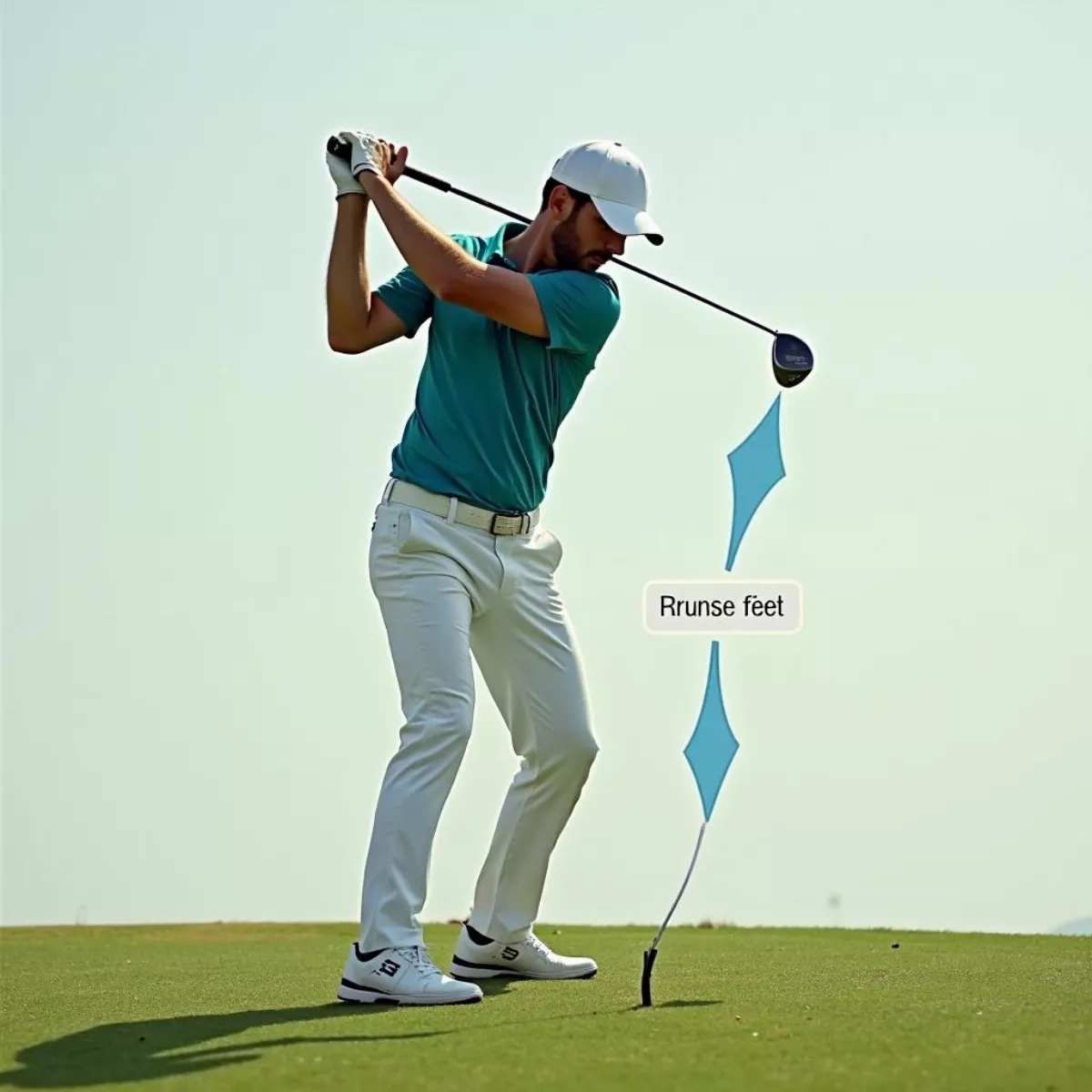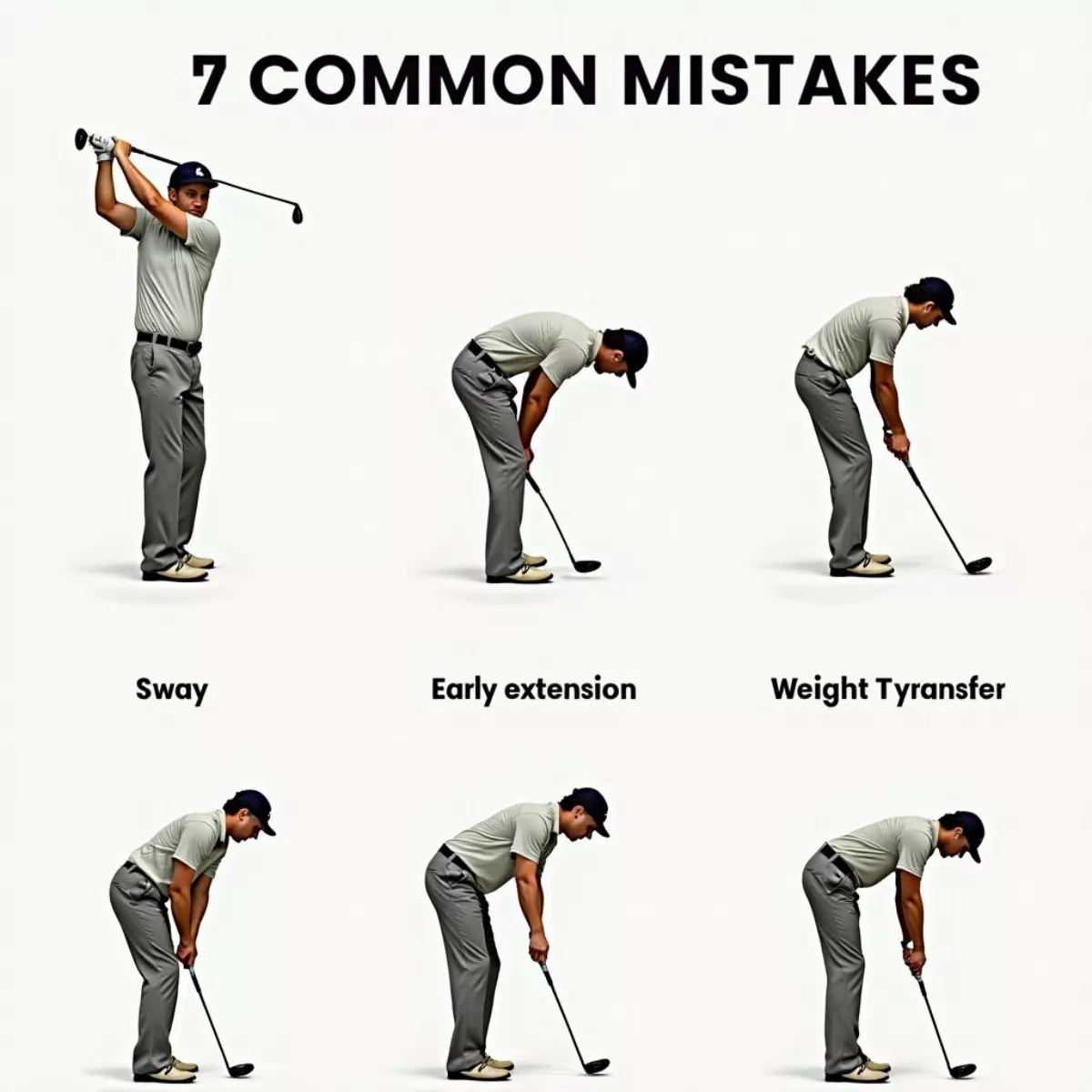Golf is a game of precision, strategy, and technique. One of the fundamental aspects every golfer must master is weight transfer during the swing. A proper weight shift is crucial for generating power, maintaining balance, and ensuring accuracy in your shots. In this guide, we will break down the art of transferring weight in your golf swing, providing insights, techniques, and tips to help you elevate your game.
Understanding the Basics of Weight Transfer
Weight transfer refers to how you shift your body weight throughout your swing. It impacts not just the power of your shot, but also the accuracy. When done right, carrying your weight properly can lead to longer drives and lower scores.
The Two Main Phases of Weight Transfer
- Backswing Weight Transfer: Here, the weight shifts from your front foot to your back foot. This creates potential energy for your downswing.
- Downswing Weight Transfer: This involves shifting the weight back to your front foot as you initiate the swing towards the ball leading to a potent strike.
Why Is Weight Transfer Important?
- Creates power: Proper weight transfer maximizes energy transferred from your body to the club.
- Enhances balance: A well-timed weight shift keeps your center of gravity aligned, improving shot accuracy.
- Reduces injury risk: Keeping a balanced stance lessens the strain on your muscles and joints.
 Golfer demonstrating proper weight transfer during a swing
Golfer demonstrating proper weight transfer during a swing
Key Elements of Effective Weight Transfer
Adopting the following elements into your swing can greatly enhance your weight transfer:
1. Grip Pressure
- Maintain a light grip on your club. This allows for a smoother swing and prevents tension in your arms and shoulders.
2. Stance Width
- Your feet should maintain a shoulder-width stance. Too narrow creates instability, while too wide makes it difficult to shift weight effectively.
3. Flexibility
- Good flexibility allows a greater range of motion. Incorporate stretching exercises into your routine to aid your swing.
4. Practice the Pivot Motion
- The pivot involves rotation around your spine. Focus on the front hip moving backward during your backswing, with your rear leg supporting your weight.
5. Utilize the Ground
- You should always feel in contact with the ground through your feet. This connection is essential for stability and helps with a proper weight shift.
Steps to Practice Effective Weight Transfer
Follow this systematic approach to practice your weight transfer:
- Set Up: Start in a balanced, athletic stance.
- Initiate the Backswing: As you take your club back, feel the weight shift into your back foot.
- Pause and Check: At the top of your backswing, check if most of your body weight is on your back foot.
- Begin the Downswing: Shift your weight to your front foot, turning your hips towards the target.
- Follow Through: Complete your follow-through by transferring your weight to your front foot, finishing with your weight on your lead side.
 Golfer performing a weight transfer drill
Golfer performing a weight transfer drill
Drills for Mastering Weight Transfer
Here are a few drills to improve your weight transfer:
- Toe Tap Drill:
- Start your swing by tapping your back toe on the ground.
- Focus on feeling the weight shift to your front foot as you strike the ball.
- One-Legged Swing:
- Take a few swings while standing on your back leg. This will force you to focus on transferring your weight correctly.
- Slow Motion Swings:
- Practice your full swing in slow motion to really feel the weight transfer.
Common Mistakes to Avoid
While practicing weight transfer, be wary of these common pitfalls:
- Over-Swinging: Many golfers try to generate more power by over-swinging. This disrupts the balance and makes weight transfer difficult.
- Stiff Arms and Body: Staying rigid inhibits your ability to pivot and shift weight.
- Poor Hip Motion: Failing to turn your hips appropriately results in ineffective weight transfer.
 Illustrations depicting common golf swing errors
Illustrations depicting common golf swing errors
Key Takeaways
- Balance is essential: Maintain a strong base and ensure proper weight distribution.
- Practice makes perfect: Use drills to focus on the weight transfer aspect of your swing.
- Adjust grip pressure: A light grip promotes a more fluid swing.
- Utilize hip movement: Proper hip rotation plays a vital role in effective weight transfer.
- Stay flexible: Improved flexibility aids in greater weight shift and thus enhances your swing.
Frequently Asked Questions (FAQs)
1. What is the best stance width for effective weight transfer?
A shoulder-width stance is generally recommended, as it provides stability while allowing for effective weight shift.
2. How can I improve my flexibility for better weight transfer?
Incorporate daily stretching and mobility exercises into your routine focusing on your hips, shoulders, and back.
3. What are some common signs of poor weight transfer?
Signs include slice or hooking the ball, inconsistency in shots, or feeling off-balance during swings.
4. Is there a specific drill to practice weight transfer?
The Toe Tap Drill is a great practice tool to help you feel the shift in weight effectively.
5. How can I tell if I’m transferring my weight correctly?
A good indicator is your ability to complete the swing with your weight shifted to the front foot without losing balance.
6. Why is grip pressure affecting my weight transfer?
Too much grip pressure leads to tension in your arms, which can hinder the fluidity of your motion, disrupting weight transfer.
7. Should I focus on my upper body or lower body during the weight shift?
Both are important, but pay special attention to the hip movements as they facilitate the lower body weight transfer.
8. Can I practice weight transfer indoors?
Absolutely! Practicing with a mirror, or using a swing trainer, can help maintain proper form even in a limited space.
9. Does my club choice affect weight transfer?
Yes, different clubs have varying weights. Heavier clubs may require more controlled weight transfer to maintain balance.
10. What resources can I use to improve my weight transfer?
Consider golf instruction books, lessons from a professional, or online resources like instructional videos.
Conclusion
Transferring weight effectively in your golf swing can significantly impact your performance on the course. By mastering these techniques and maintaining a consistent practice routine, you can enhance both your power and accuracy, leading to lower scores. Remember to stay patient and persistent with your practice, and enjoy the process of improvement. Happy swinging!
Use this guide as your roadmap for mastering weight transfer. With practice and dedication, you’ll see improvements in your game that will leave you eager to hit the course!

